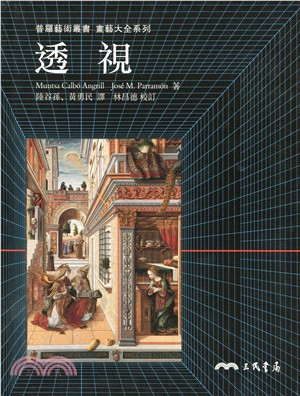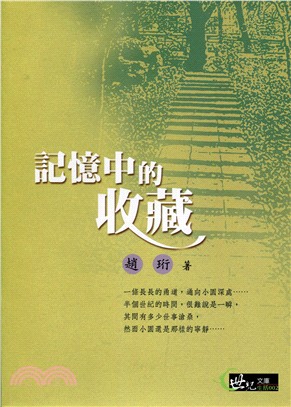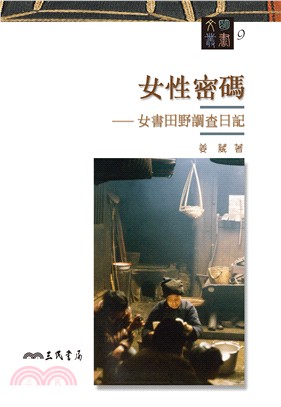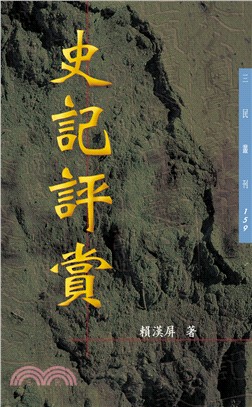The Panel Paintings of Masolino and Masaccio―The Role of Technique
商品資訊
ISBN13:9788874390007
替代書名:The Panel Paintings of Masolino and Masaccio
出版社:Harry N Abrams
作者:Carl Brandon Strehlke (EDT); Cecilia Frosinini; Carl Brandon Strehlke; Cecilia Frosinini (EDT); Roberto Bellucci M.D. (EDT); Masolino (EDT); Masaccio (EDT)
出版日:2002/09/01
裝訂/頁數:精裝/320頁
規格:29.8cm*24.8cm*3.2cm (高/寬/厚)
商品簡介
相關商品
商品簡介
The combination of detailed technical studies with art historical insight sheds new light on the life, oeuvre, and working methods of two great Italian Renaissance masters: Masolino and Masaccio.
A team from the Opificio delle Pietre Dure, the great conservation institute in Florence, joined by colleagues from the National Gallery in London and the Philadelphia Museum of Art examined all their panel paintings in European and American museums with special single sheet X-radiographs and infrared reflectographic scanning equipment. Thanks to these methods, the researchers were able to enter into the painting technique of these artists in ways that even a few years before would not have been possible.
The study has lead to a greater understanding of the artists' collaboration and their chronology. It has also been possible to reconstruct more precisely a number of altarpieces and also question earlier reconstructions for Masaccio's Pisa altarpiece of 1426. Fine examples of Masaccio's underdrawing have been revealed as well as Masolino's innovative use of oil mediums. But the book is not only technical; all technical information has been correlated to art historical concerns about early Renaissance art such as the role of the guilds, the nature of collaboration between artists and other craftsmen, and the relationship between patron and artist. In fact, the book shows how a detailed technical study can answer or open up many questions that have previously been the purview of art historians who never knocked on the door of a laboratory.
The book contains technical entries for each of the paintings as well as photographs of their fronts and backs, X-radiographs, and infrared reflectograms. The introduction by Carl Brandon Strehlke summarizes the results and reviews the usefulness of laboratory research for this type of art history. An essay by Roberto Bellucci and Cecilia Frosinini interweaves a social and documentary history of the two artists' lives with a technical study of their paintings. Jill Dunkerton and Dillian Gordon's essay is on the vicissitudes of the Pisa altarpiece and problems of its reconstruction. Strehlke and Mark Tucker's essay on the Santa Maria Maggiore altarpiece discusses the two artists' last collaboration. There are also specific essays by Bellucci and Frosinini on the Carnesecchi and San Giovenale altarpieces. A glossary defines the many technical terms.
The book has been conceived for a general reading public and not necessarily only specialists on technique or historians of early Renaissance art.
A team from the Opificio delle Pietre Dure, the great conservation institute in Florence, joined by colleagues from the National Gallery in London and the Philadelphia Museum of Art examined all their panel paintings in European and American museums with special single sheet X-radiographs and infrared reflectographic scanning equipment. Thanks to these methods, the researchers were able to enter into the painting technique of these artists in ways that even a few years before would not have been possible.
The study has lead to a greater understanding of the artists' collaboration and their chronology. It has also been possible to reconstruct more precisely a number of altarpieces and also question earlier reconstructions for Masaccio's Pisa altarpiece of 1426. Fine examples of Masaccio's underdrawing have been revealed as well as Masolino's innovative use of oil mediums. But the book is not only technical; all technical information has been correlated to art historical concerns about early Renaissance art such as the role of the guilds, the nature of collaboration between artists and other craftsmen, and the relationship between patron and artist. In fact, the book shows how a detailed technical study can answer or open up many questions that have previously been the purview of art historians who never knocked on the door of a laboratory.
The book contains technical entries for each of the paintings as well as photographs of their fronts and backs, X-radiographs, and infrared reflectograms. The introduction by Carl Brandon Strehlke summarizes the results and reviews the usefulness of laboratory research for this type of art history. An essay by Roberto Bellucci and Cecilia Frosinini interweaves a social and documentary history of the two artists' lives with a technical study of their paintings. Jill Dunkerton and Dillian Gordon's essay is on the vicissitudes of the Pisa altarpiece and problems of its reconstruction. Strehlke and Mark Tucker's essay on the Santa Maria Maggiore altarpiece discusses the two artists' last collaboration. There are also specific essays by Bellucci and Frosinini on the Carnesecchi and San Giovenale altarpieces. A glossary defines the many technical terms.
The book has been conceived for a general reading public and not necessarily only specialists on technique or historians of early Renaissance art.
主題書展
更多
主題書展
更多書展今日66折
您曾經瀏覽過的商品
購物須知
外文書商品之書封,為出版社提供之樣本。實際出貨商品,以出版社所提供之現有版本為主。部份書籍,因出版社供應狀況特殊,匯率將依實際狀況做調整。
無庫存之商品,在您完成訂單程序之後,將以空運的方式為你下單調貨。為了縮短等待的時間,建議您將外文書與其他商品分開下單,以獲得最快的取貨速度,平均調貨時間為1~2個月。
為了保護您的權益,「三民網路書店」提供會員七日商品鑑賞期(收到商品為起始日)。
若要辦理退貨,請在商品鑑賞期內寄回,且商品必須是全新狀態與完整包裝(商品、附件、發票、隨貨贈品等)否則恕不接受退貨。
























